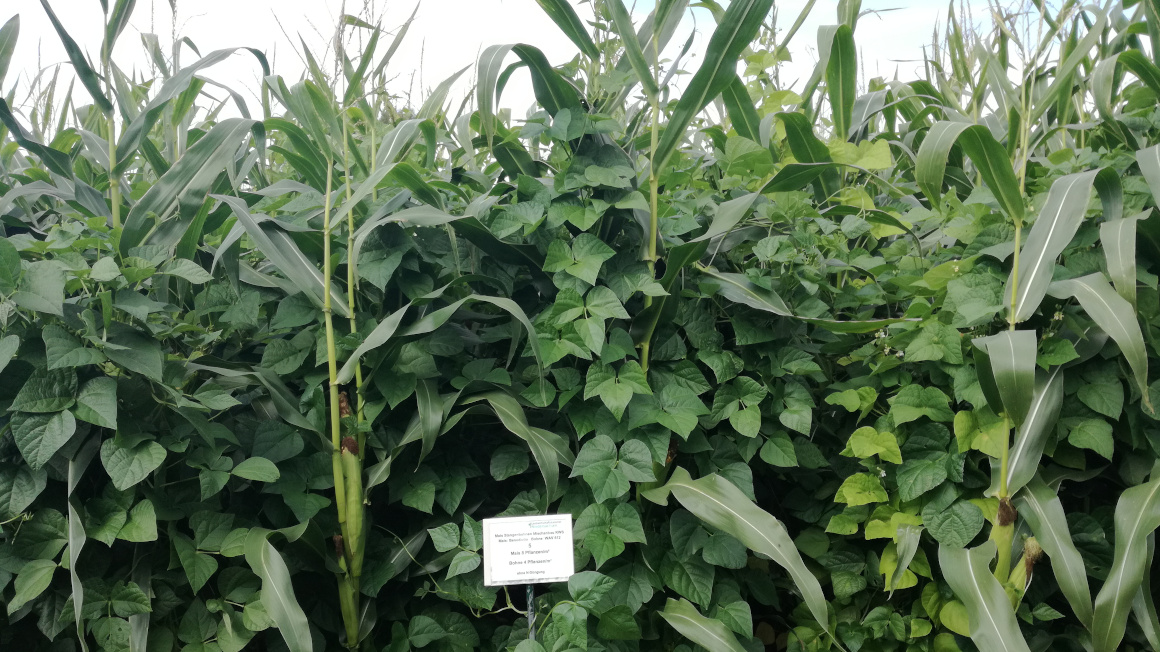Combined maize and bean cultivation pays off
According to a study, the combined cultivation of maize and runner beans is characterized by lower yields, but lower nutrient losses and greater biodiversity compared to a maize monoculture.

The cultivation of pure crops such as maize, when grown as a monoculture, is not always environmentally friendly. The nutrients are used very one-sidedly, so that the plants are more susceptible to pests and fertilizers and pesticides have to be applied. Combined cultivation with legumes such as peas and beans has long been considered a promising approach to making agriculture more sustainable.
Researchers at the Nürtingen-Geislingen University of Applied Sciences (HfWU) have now examined the mixed cultivation of maize and runner beans and the pure cultivation of maize in terms of plant cultivation, ecological and economic aspects. The evaluation focused on the use of the respective biomass as silage for biogas plants and as animal feed.
Saving on environmental costs through nutrient gain
Legumes are active soil improvers, as they can bind nitrogen from the air via their roots with the help of bacteria. In this way, food plants can be supplied with this important nutrient in a natural way. This is also shown by the current study. According to the researchers, the maize-bean mixture was not able to keep up in terms of yield.
However, significantly fewer nutrients were lost than with pure maize cultivation. For example, phosphorus losses were 12% lower and nitrogen (N) losses up to 25% lower than with full fertilization. These lower nutrient losses can in turn save high environmental costs – for example in drinking water treatment to filter out nitrogen and phosphorus compounds from groundwater, streams and lakes.
Higher biodiversity
In addition, the maize-bean cultivation also led to greater biodiversity. According to the researchers, bumblebees in particular benefited from the long flowering period of the beans. Field birds and breeding sites were also sighted more frequently in the corn and bean field. The number of insects such as ground beetles, spiders, mosquitoes, flies and short-winged beetles remained the same. Here, the researchers refer to other projects in which the biodiversity gain was significant.
Promoting the switch to corn and bean cultivation
The researchers conclude that the switch from maize to maize-bean cultivation is worthwhile "from a social point of view" simply because of the lower environmental costs. They propose a subsidy of 500 euros per hectare in combination with reduced nitrogen fertilization. A subsidy of 130 euros per hectare, as was paid as part of a support program, was often too low to make up for the farmer's deficit, they say.
The researchers are also optimistic about the future when it comes to the yield of the maize-bean mixture: "The breeding progress made in maize and beans in recent years is enormous and further improvements seem possible. I therefore believe that equal yields between the two cultivation systems on sites with a lower nutrient supply are quite conceivable in the future. There, the maize-bean mixture would be a real alternative even without subsidies," says project manager Maria Müller-Lindenlauf.
bb


